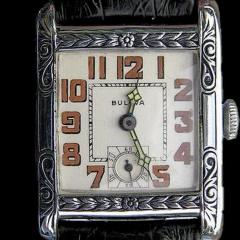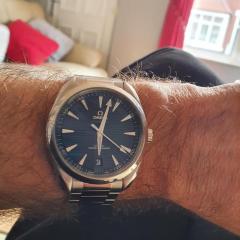-
Recently Browsing
- No registered users viewing this page.
-
Topics
-
Posts
-
I think I would use a spray on oil for springs.
-
By LittleWatchShop · Posted
Sure, but that means you remove the crown, add the extender, install the crown...only while on the bench. Is that worth the effort?








Recommended Posts
Join the conversation
You can post now and register later. If you have an account, sign in now to post with your account.
Note: Your post will require moderator approval before it will be visible.